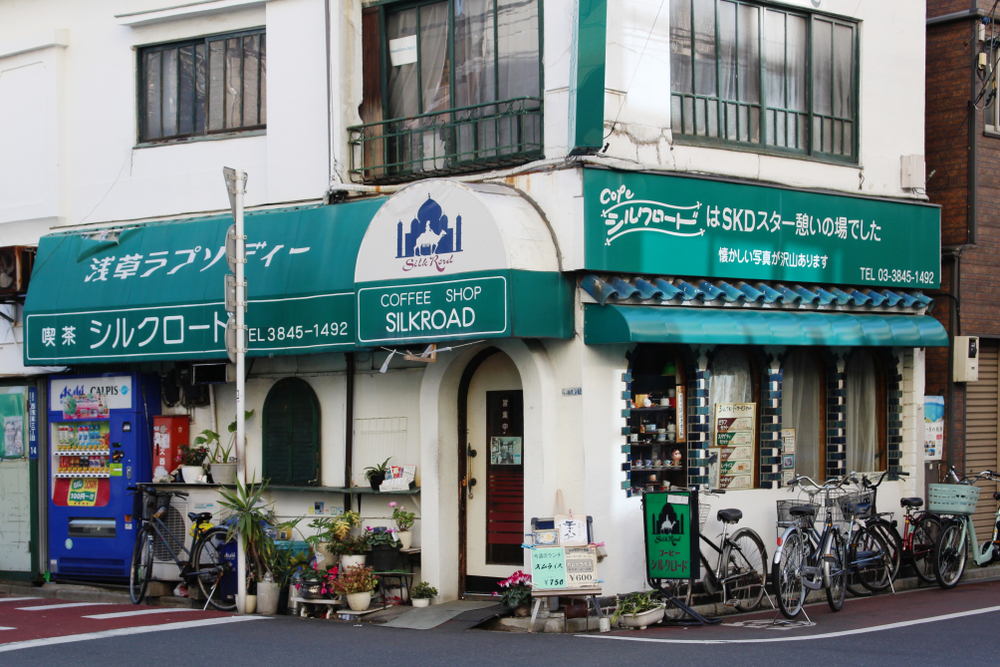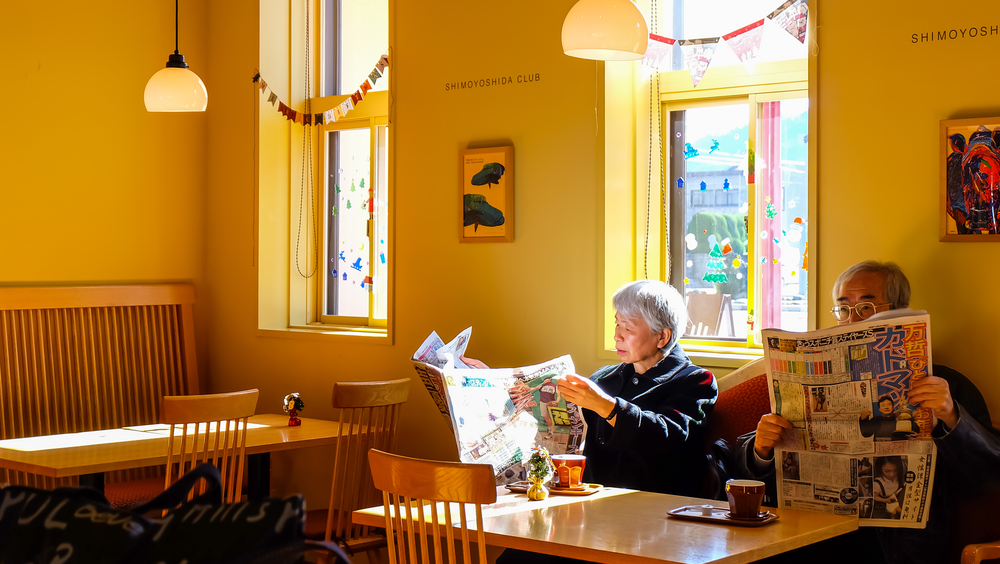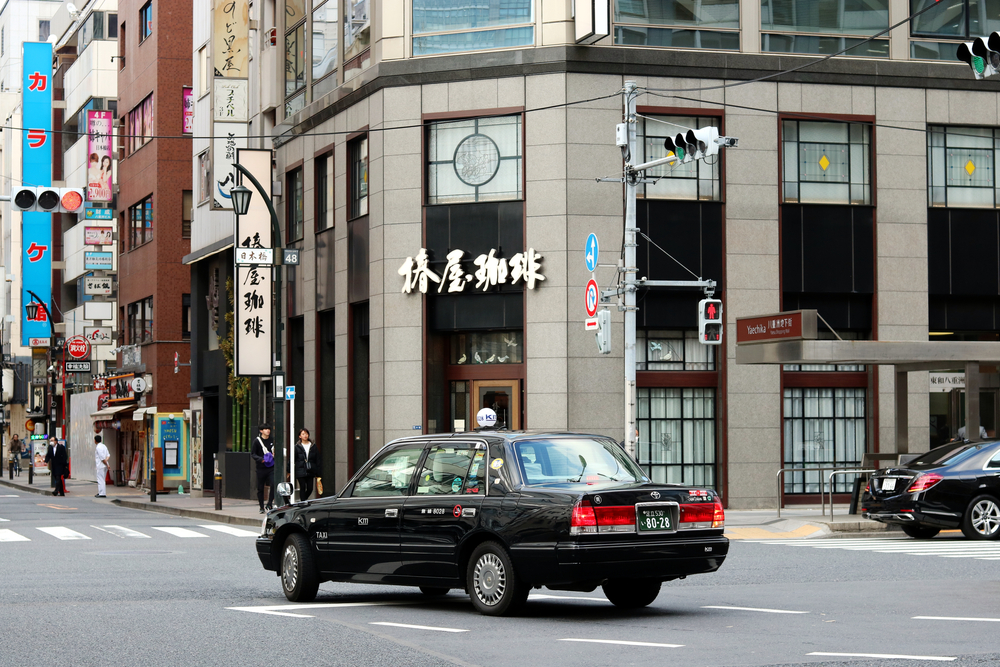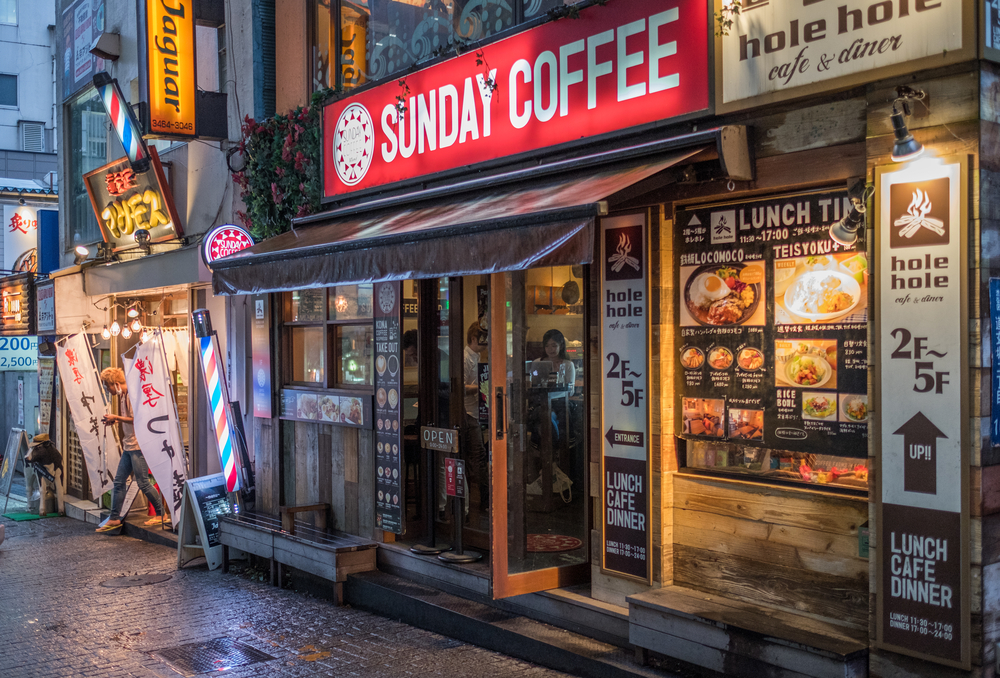For visitors to Japan, kissaten (Japanese coffee shops) have always held a mysterious allure, especially in areas like Jimbocho. For the locals, however, kissaten often invoked images of cluttered rooms, ancient yellowed ceilings and customers as old as the early 1900s memorabilia. Now, these time capsules are getting a much-needed breath of fresh air and young adults who once labeled them “old” and “tired” are discovering the word “retro.”

An old-style Japanese coffee shop (kissaten) in Asakusa
What Are Kissaten?
Kissaten are not simple cafés. They have distinct designs and menus that set them apart from Western-style coffee shops, teahouses and French eateries.
Traditional kissaten, known as junkissa (“pure” coffee shops), have limited business licenses, which means they can’t serve alcohol or cook adventurous food. However, defining a shop as a junkissa, kissaten or café based on legal restrictions isn’t the way to go. Many chain kissaten, like Café Renoir, still serve beer and cocktails.
It is really the decor that makes kissaten stand out. And to find one that isn’t covered floor to ceiling in mahogany is a rare sight. Burnt-sienna beams, dusty lampshades and heaps of forgotten Showa-era relics conjure up a feeling of a dim-lit, time-forgotten cave.
In the local-run places, a lone mama-san (the host) tends to what looks like a coffee laboratory. On the cluttered open-bar counter, a mystical transparent globe contraption (siphon) is filled to the brim with a strange bubbling brown liquid (coffee). If you’re lucky, you may happen into a meikyoku kissa (masterpiece coffee shop) and be greeted with charming classical music from a beat-up gramophone.
The menu at a kissaten is sparse but not uninviting. A morning set (usually a cup of coffee and some thick-sliced toast) is the saving grace of many pensioners and penny-pinching students. Lunchtime sees a more adventurous turn with an array of sandwiches and pasta dishes. Sweet treats are available from sunrise to sundown, while stocks last. This includes cakes, ice cream, pancakes and floats. Coffee is, of course, hot, strong and served all day.

Frozen in Time
Throughout the last century, kissaten shops have seen a tumultuous wave of booms and busts. Coffee was introduced to Japan in the 18th century but didn’t exactly wow the population of tea drinkers until the Showa Period (1926-1989). Hence, kissaten are still frozen in that pocket of time.
While the swinging 1920s were indeed swinging for coffee shops, during World War II, a ban on foreign imports dried up Japan’s coffee supply. Things didn’t get back on track until the ’50s when kissaten became hubs for free-thinkers and social reform. Fun fact: Yoko Ono and John Lennon were often seen slumming it at Tokyo kissaten Cafe Paulista.
This held strong all the way up until the ’80s, but when the bubble finally burst privately-run coffee shops struggled to hold on and cheap Western-style coffee chains took many of their places. In the 2010s, specialty coffee shops like Blue Bottle drew the attention of drinkers for their unusual beans and brewing methods. Kissaten were out of sight and out of mind.
But in the last couple of years, a whiff of a revival has been stewing. Has a new generation brought kissaten back into vogue?

The Kiss of Life
While perfectly polished coffee chains are still the everyday choice of many, their squeaky-clean walls, bare interiors and torturously designed stools may not have the aesthetic prowess they once held. Consumers want something new. Ironically, this leads them somewhere old.
The smoking ban introduced in 2020 (with some exceptions for small-sized restaurants and bars) has done the kissaten a favor. The stale, smoky cloud dissipates to unveil an old-school, cool aesthetic. A look that millennials and Gen Zers can’t wait to snap if the trending Japanese hashtags such as “retro cute,” “nostalgic cute” and “Showa retro” are anything to go by.
Due to this social media attention, the clientele has changed. Instead of the chain-smoking older generation lining up outside, you’ll find lines of teenagers and 20-somethings giddy for their latest nostalgia fix. You may assume they are dying for the coffee, and for places like Chatei Hatou, they surely are, but the item at the top of most of their lists is melon cream soda – a fashion that is speedily replacing tapioca.
We also can’t deny the influence that the pandemic has had. A restriction on alcohol saw a return to junkissa ways with people putting down the glass in favor of the cup. Café goers, pushed out of the metropolitan center due to remote work, discovered local establishments. Coffee shops that catered to all-day laptop work, with their plush seating and comfortable ambiance, were soon favored over the impersonal grab-it-and-go type of places.
It is rewarding to finally see places like Kayaba Coffee and Coffee Road getting the recognition they deserve. While trends come and go, one can only hope the authentic junkissa experience of serendipitously stumbling across an amazing coffee shop holds fast.









